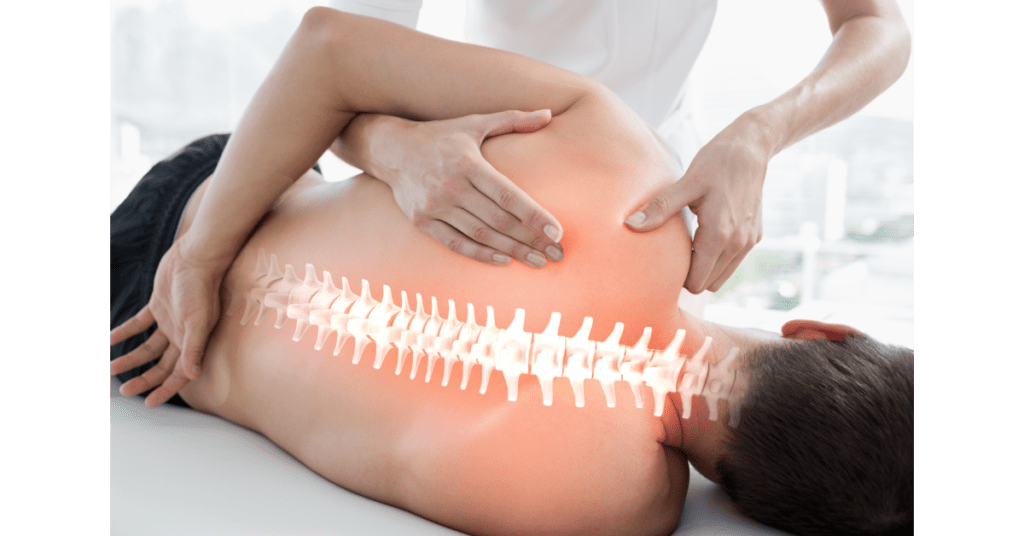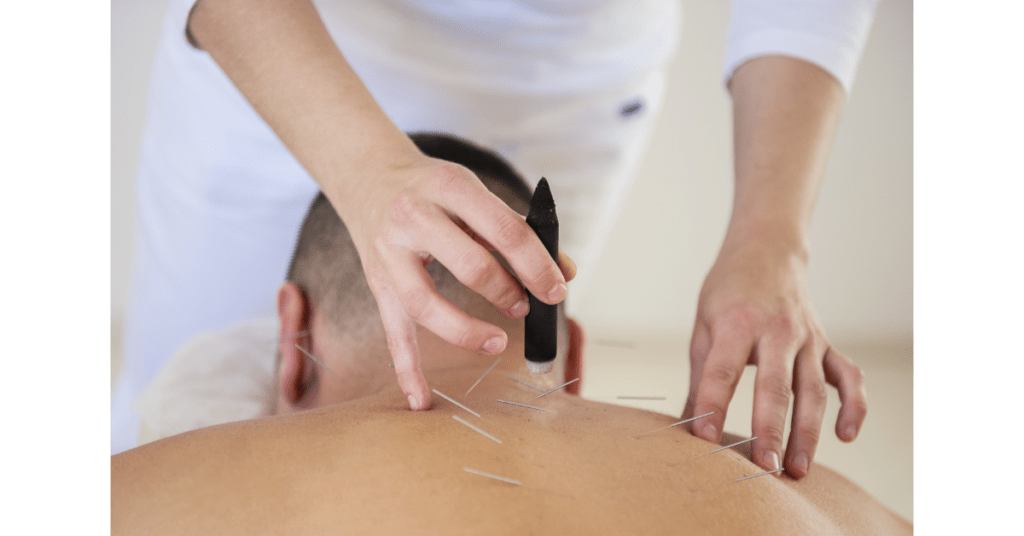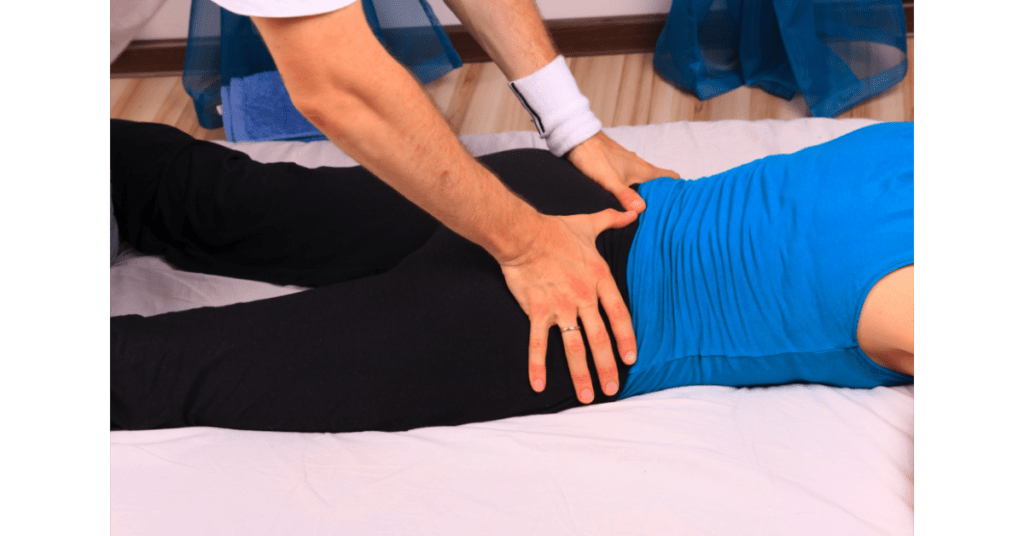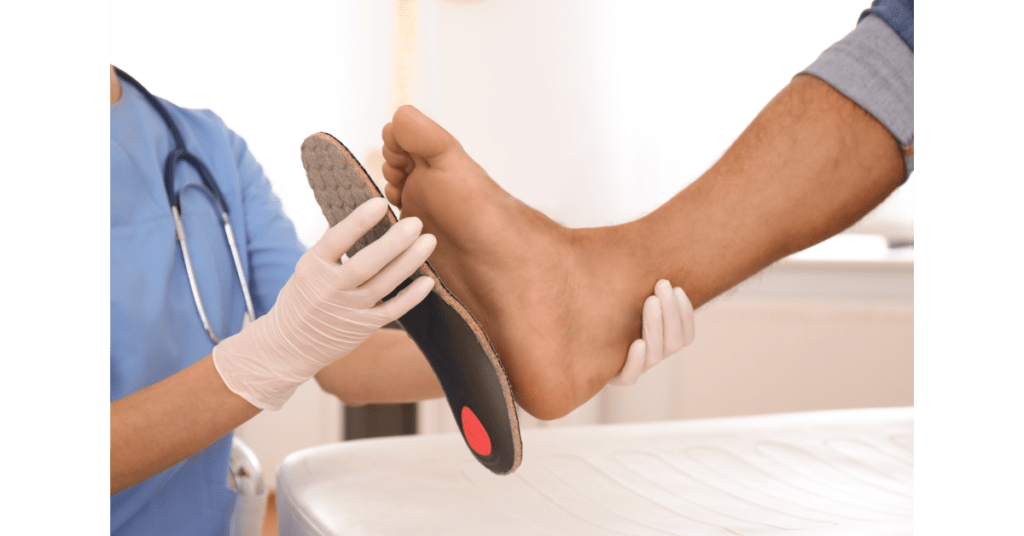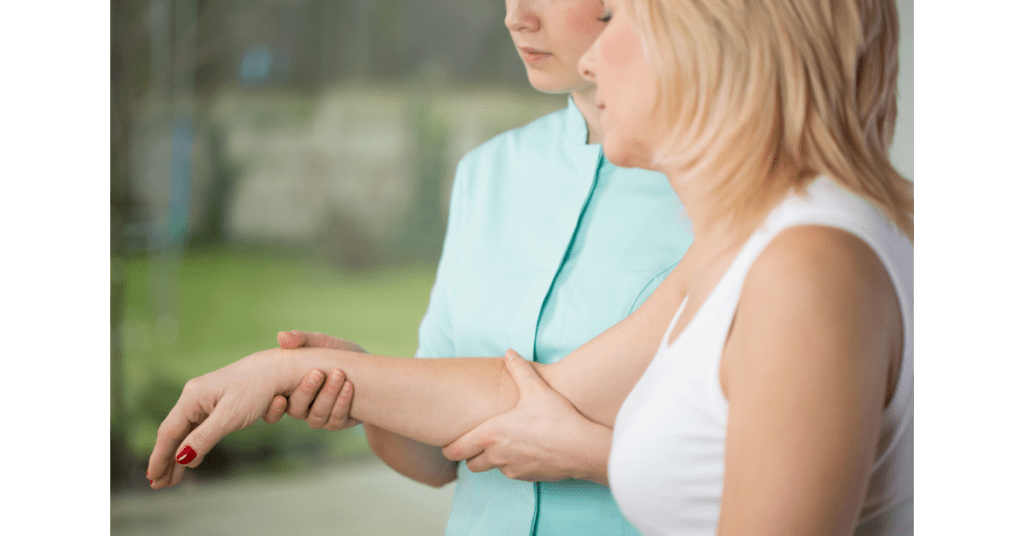What is articular cartilage?
Articular cartilage refers to the complex, living tissue that covers the bony surface of the joints. Each cartilage is different in its structure, elasticity, and strength. The purpose of this cartilage is to provide a low friction surface to the joint. It helps the joint to withstand weight bearing through the range of movements required to perform activities related to our day-to-day living and sporting activities. It acts like a very thin shock absorber. Articular cartilage consists of five different layers, with each layer having structural and biochemical differences. The human body has three different types of cartilage. They are 1) articular or hyaline cartilage that covers joint surfaces, 2) fibrocartilage that consists of the knee meniscus, and 3) vertebral disk and elastic cartilage that is found in the outer ear.
What causes an articular cartilage injury?
Injuries to the articular cartilage occur due to progressive wear and tear or trauma. Trauma or a direct blow in an accident can injure the articular cartilage. Occasionally the articular cartilage cells may heal depending on the area of injury and the extent of the damage. However, articular cartilage has little or no capacity to heal itself because it has no direct blood supply. The chances of healing may be better if the injury penetrates the bone underneath the cartilage so that the underlying bone can provide some blood to the area. With the progressive loss of normal cartilage structure and function, the degeneration of articular cartilage takes place. Initially, the cartilage softens and then begins to fragment. If this loss of articular cartilage lining continues, the underlying bone has no protection from the wear and tear of day-to-day activities and begins to break down. This then causes osteoarthritis.
How often does an articular cartilage injury occur?
Generally, a person experiences vague pain and swelling in the knee. Continued activity may be difficult or not possible. The person may experience stiffness, reduced range of movement, joint pain and swelling. Injuries to the articular cartilage are not easy to diagnose. It may require an MRI (magnetic resonance imaging) or arthroscopy. Diagnosis of an articular cartilage injury can be done by a medical practitioner. The physician will examine the knee, check for decreased range of motion, swelling and pain along the joint line, fluid on the knee, abnormal alignment of the bones in the joint, and ligament or meniscal injury. Studies have shown that articular cartilage defects among athletes are around 36% and it is 59% among asymptomatic basketball players and runners.
How is an injury treated?
Typically, articular cartilage injuries do not heal on their own unless they extend to the bone. Injuries that penetrate the bone do heal, but do not function as well as the original articular cartilage. Those injuries that are smaller than 2 cms have better options for treatment. For example, the damaged cartilage is removed to increase blood flow from the underlying bone. This is done by adopting techniques such as drilling, microfracture or pick procedure. Surgery may not be required for smaller articular cartilage defects that are asymptomatic. Larger defects or injuries may need transplantation of cartilage from other areas of the knee joint.
Non-surgical treatment
Non-surgical treatment may be prescribed for people suffering from osteoarthritis. This may include physiotherapy, modification of lifestyle, reducing activity, bracing, supportive devices, administering oral and other drugs. This may include non-steroidal anti-inflammatory drugs and cartilage protective drugs. Options for surgery are very specific to osteoarthritis and depend on severity. For advanced osteoarthritis total, joint replacement can provide relief, although it implies a change in the person’s lifestyle and level of activity.
Are you concerned about the symptoms of an articular cartilage injury? Book a physiotherapy assessment at your local Simply Align Rehab – Cedarbrae Medical Centre: 3630 Lawrence Ave E, Scarborough, ON M1G1P6 or at 200 Marycroft Ave, Unit #6, Woodbridge, ON, L4L 5X9
Also Read
| Ankle Sprains | ACL | Concussion |
| Overuse Injuries | Throwing Injuries | Shoulder Injuries |
| Heel Spur | Ankle Fracture |

